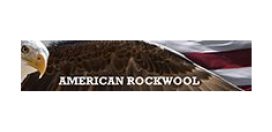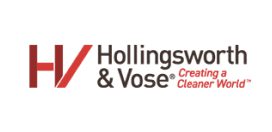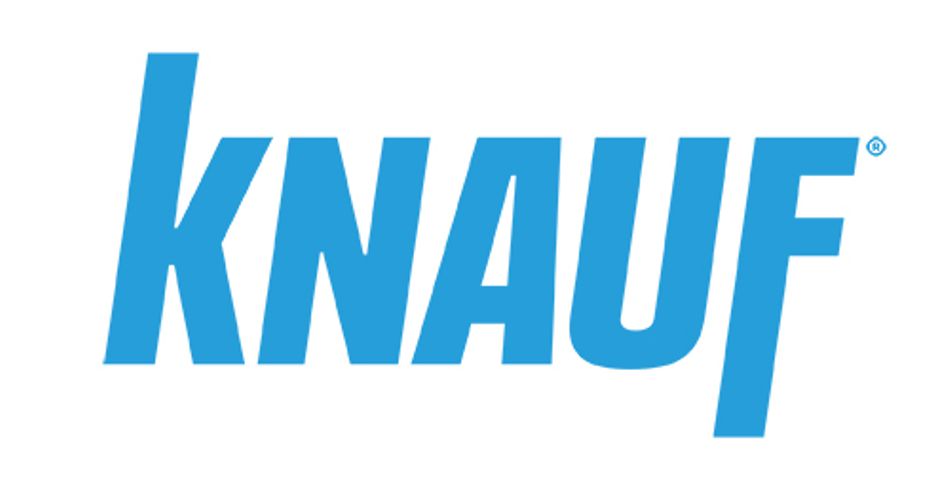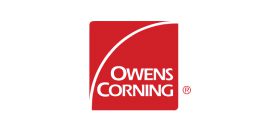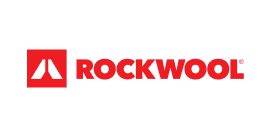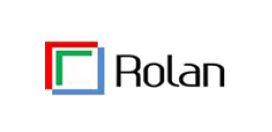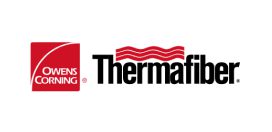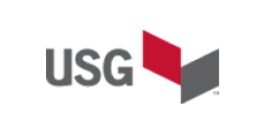Carbon Payback Scenario Analysis
–+ICF carried out an energy and carbon modelling study to analyze the potential use-phase emission reductions realized through the installation of building envelope insulation for residential and commercial new construction. The study focused on one residential prototype: single-family detached home, and six commercial prototypes: midrise apartment building, medium office, retail strip mall, primary school, secondary school, and warehouse.
Setting the Record Straight: Insulation and Low Carbon Buildings (N170)
–+This guide aims to correct misleading carbon claims made by some cellulose and wood fiber insulation manufacturers. It highlights why commonly available, cost-effective fiberglass insulation is among the best building materials for low-carbon construction. The guide contains data from recent reports that examine the carbon impacts of various insulation materials during the production stage, use phase, and considerations for the end-of-life cycle for insulation products. By offering transparency and accurate citations, the analysis presented here brings clarity to the topic.
A “How to Install Batt Insulation” Videos Series
–+Helps to answer the question “How do I install batt insulation?”
- Video 1/3 – Pre-insulation Walk-Through
- Video 2/3 – Insulating Tips From the Pros
- Video 3/3 – Insulation Inspection
Brian Coble, Director of High Performance Homes for Advanced Energy walks viewers through an ENERGY STAR Home and points out every area of a home that must be insulated to meet RESNET Grade 1 Insulation Installation Requirements. Meeting specific energy efficiency criteria with fiberglass, rock wool and slag wool batt insulation can be easily achieved if the insulation and air sealing package is installed with professionalism and care. Additional energy efficiency measures that need to be performed prior to installing home insulation is also addressed.
A Comparison of Air Duct Systems Energy Savings And Acoustical Performance (AH109)
–+Describes findings which show fiberglass ducts to be more energy efficient, quieter and less expensive to install.
A Guide to Insulated HVAC Systems (AH121)
–+Discusses fibrous glass ducts, liner and wrap insulation for sheet metal duct systems, and insulated flexible ducts. Describes features and benefits of each type of system; includes job-site checklists for inspectors and code officials.
A Performance Comparison of Today’s Environmental Home Builder & Renovation Projects – Canadian Market (NACA101)
–+Acoustical Performance of Wall Cavity Insulation Products (BI507)
–+Summarizes research findings comparing the Sound Transmission Class (STC) and Outdoor/Indoor Transmission Class (OITC) values of wall assemblies insulated with unfaced fiberglass, mineral wool, open cell foam and closed cell foam.
The report concludes that the variation in results across wall assemblies using different insulation types was minimal.
Air Infiltration Myths and Realities (BI498)
–+Building Science 101 (N082)
–+Building Science 101 (NO82-SP)
–+The Benefits of Blown-In Fiberglass Insulation (N153)
–+An Essential Component of Indoor Environmental Quality…Fiberglass HVAC Insulations (AH110)
–+Facts #25: Glass Fiber Air Transmission Systems – The Benefits and Recommended Use of Fibrous Glass Duct Liner (AH106)
–+Facts #45: Fiberglass and Slag Wool Insulations – Materials for a Sustainable Planet (N012)
–+Facts #51 – Insulation Upgrade Program Reduces Fuel Costs and Increases Process Efficiency at Georgia-Pacific Plant (CI211)
–+Facts #61: Facts About the Performance of Reflective Bubble Pack Insulations in Duct System Applications (AH135)
–+Facts #64: Fibrous Glass Duct Systems (Ductboard / Duct Board) (AH137)
–+Facts #65: Fibrous Glass Duct Liner (AH138)
–+Facts #66: Fibrous Glass Duct Wrap (AH139)
–+Discusses the specific uses, performance characteristics, fire safety, condensation control and installation recommendations for fibrous glass duct wrap.
Facts #67: Fibrous Glass Insulation Boards (AH140)
–+Facts #79: DOE Releases New R-Value Recommendations (BI491)
–+Facts #80: Fiberglass and Rock Wool and Slag Wool Loose-Fill Insulation for Weatherization Assistance Programs (NAIMA043)
–+Fiberglass, rock wool and slag wool insulation qualify for use in the Weatherization Assistance Program. While there are several types of insulations typically used for the weatherization market, there are many advantages to loose-fill fiberglass or rock wool and slag wool insulation.
Facts #85: Facts About Insulation Requirements for Plastic Piping (CI226)
–+Facts #9: Facts About Fiberglass Loose-Fill Insulation (BI456)
–+Fascinating Facts About Fiberglass, Rock Wool & Slag Wool Insulation (N071)
–+Fiberglass & Mineral Wool Insulation – Engineered to Outperform (N068)
–+Fiberglass Duct Board Fabrication Instructional Training Series DVD (AH148)
–+Excellent supplement to NAIMA‘s Fibrous Glass Duct Construction Standards Manual
Available as a DVD (click here to order)
Each of the 22 NAIMA duct board fabrication training segments are also now available to view online in NAIMA’s video library.
Learn from the Pro’s as NAIMA’s FabricationTrainers take you through Tools & Materials, Hand Fabrication, Machine Grooving, Grooving Machine Maintenance, Closure Systems, and Fitting Fabrication.
Information is provided in easy to view and review chapter segments.
2 hours and 30 minutes of total training time.
Each of the 22 NAIMA duct board fabrication training segments are also now available online via NAIMA’s video library.
Fiberglass HVAC Insulation – Know the Facts (12 Minute Presentation)
–+The presentation focuses on:
- The Benefits of Insulated AirDucts
- Health & Safety Safety
- Mold Moisture & Cleanability
- Performance & Product Testing
- Codes & Standards
Fiberglass Insulation: A Guide to Better Indoor Air Quality (N138)
–+Fibrous Glass Duct Board (Ductboard) White Paper (AH142)
–+Fibrous Glass HVAC Duct Systems Proven Performance (AH100)
–+Reviews the benefits of and provides information on the broad range of proven performance characteristics of fibrous glass duct systems for both commercial and residential buildings. Includes duct board (ductboard), duct wrap, and duct liner.
Green and Competitive – The Energy, Environmental, and Economic Benefits of Fiberglass and Mineral Wool Insulation Products (GREEN)
–+Also examined is the individual sector with regard to energy use and energy saved annually, as well as the aggregate carbon dioxide emissions avoided through the use of insulation products in the residential, commercial and industrial sectors.
Guide to Conducting a Short Form Insulation Audit (CI206)
–+Kit includes easy-to-follow instructions, sample worksheets and audit forms for conducting an industry insulation audit.
How to Install Insulation: Video Series from California Energy Commission
–+How Your Ductwork Can Save Energy Dollars And Reduce Pollution (AH108)
–+Includes fuel saving tips for heating and air conditioning systems.
Independent Reviews Discredit Colorado Study (RAC1768)
–+Insulation Facts #32: A Guide To Selecting Fiberglass Insulation Products For New Home Construction And Remodeling (BI473)
–+Insulation Facts #6: Labeling and Advertising of Home Insulation (BI453)
–+NAIMA Industry Fact Sheet
–+NAIMA Member Company North American Plant Locations (N000)
–+Noise Control: Sound Advice for Today’s Families (BI476)
–+Pictorial Guide on Installing Batt Insulation — Installation Tech Tips
–+Pictorial Guide on Installing Batt Insulation — The Critical Details
–+Play It Smart, Play It Safe DVD (N049)
–+The DVD features two insulation installers, fresh off the court from their weekly pick-up basketball game. DVD has both English and Spanish languages.
DVD available free of charge from NAIMA.
Play it Smart, Play it Safe (Spanish) VHS (N029)
–+El video ofrece dos instaladores de aislamiento que acaban de jugar baloncesto en su jeugo semanal.
Questions and Answers About Home Insulation (BI409)
–+Excellent guide for homeowners.
Recommendations for Installing Insulation in Residential and Other Light-Frame Construction (Fiberglass Loose-Fill Insulation) (BI403)
–+This booklet was reviewed by the Insulation Contractors Association of America (ICAA).
Rock and Slag Wool Insulation: Sustainable Choices for Conserving Energy and Preserving the Environment (N046)
–+This brochure provides an overview of the features and benefits of rock and slag wool insulation products, including their rich environmental attributes.
Small House, Built Right (RP065)
–+Unlocking the Full Value of Green Homes: Why Green Multiple Listing Services are a Key to Residential Energy Efficiency
–+Using Recycled Material is Just The First Step (Environmental Lifecycle Brochure) (N016)
–+Includes information on the pre-manufacturing; manufacturing; packaging and transportation; product performance; use, reuse and maintenance; recycled content, and waste management.

